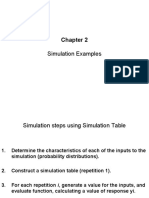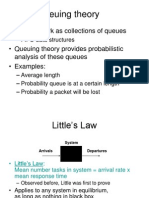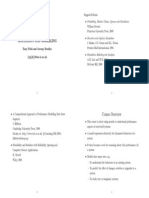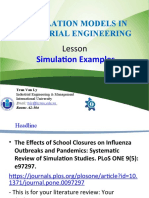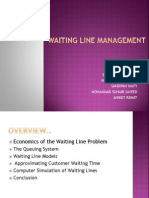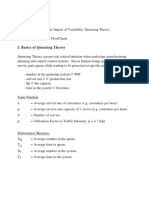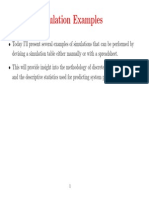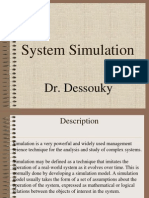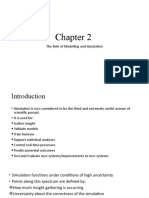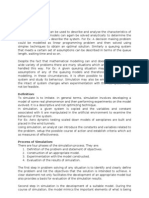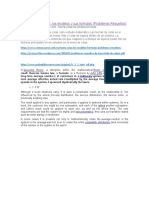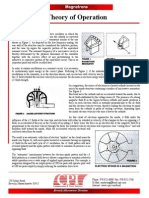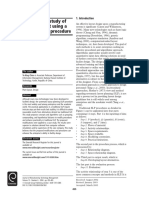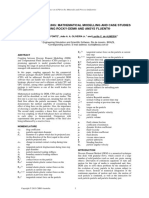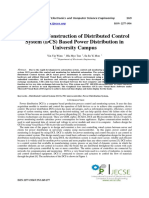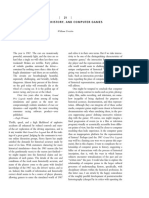0% found this document useful (0 votes)
75 views3 pagesSimulation Techniques Overview
The document provides examples of simulations covered in Chapter 2 including queueing systems, inventory systems, reliability analysis, and Monte Carlo simulations. Key examples include a single-server and two-server queue, a (M,N) inventory system modeling a newspaper problem, machine failure reliability, and using random sampling to estimate Pi and compute integrals of high-dimensional functions.
Uploaded by
sivani05Copyright
© Attribution Non-Commercial (BY-NC)
We take content rights seriously. If you suspect this is your content, claim it here.
Available Formats
Download as PDF, TXT or read online on Scribd
0% found this document useful (0 votes)
75 views3 pagesSimulation Techniques Overview
The document provides examples of simulations covered in Chapter 2 including queueing systems, inventory systems, reliability analysis, and Monte Carlo simulations. Key examples include a single-server and two-server queue, a (M,N) inventory system modeling a newspaper problem, machine failure reliability, and using random sampling to estimate Pi and compute integrals of high-dimensional functions.
Uploaded by
sivani05Copyright
© Attribution Non-Commercial (BY-NC)
We take content rights seriously. If you suspect this is your content, claim it here.
Available Formats
Download as PDF, TXT or read online on Scribd
/ 3
